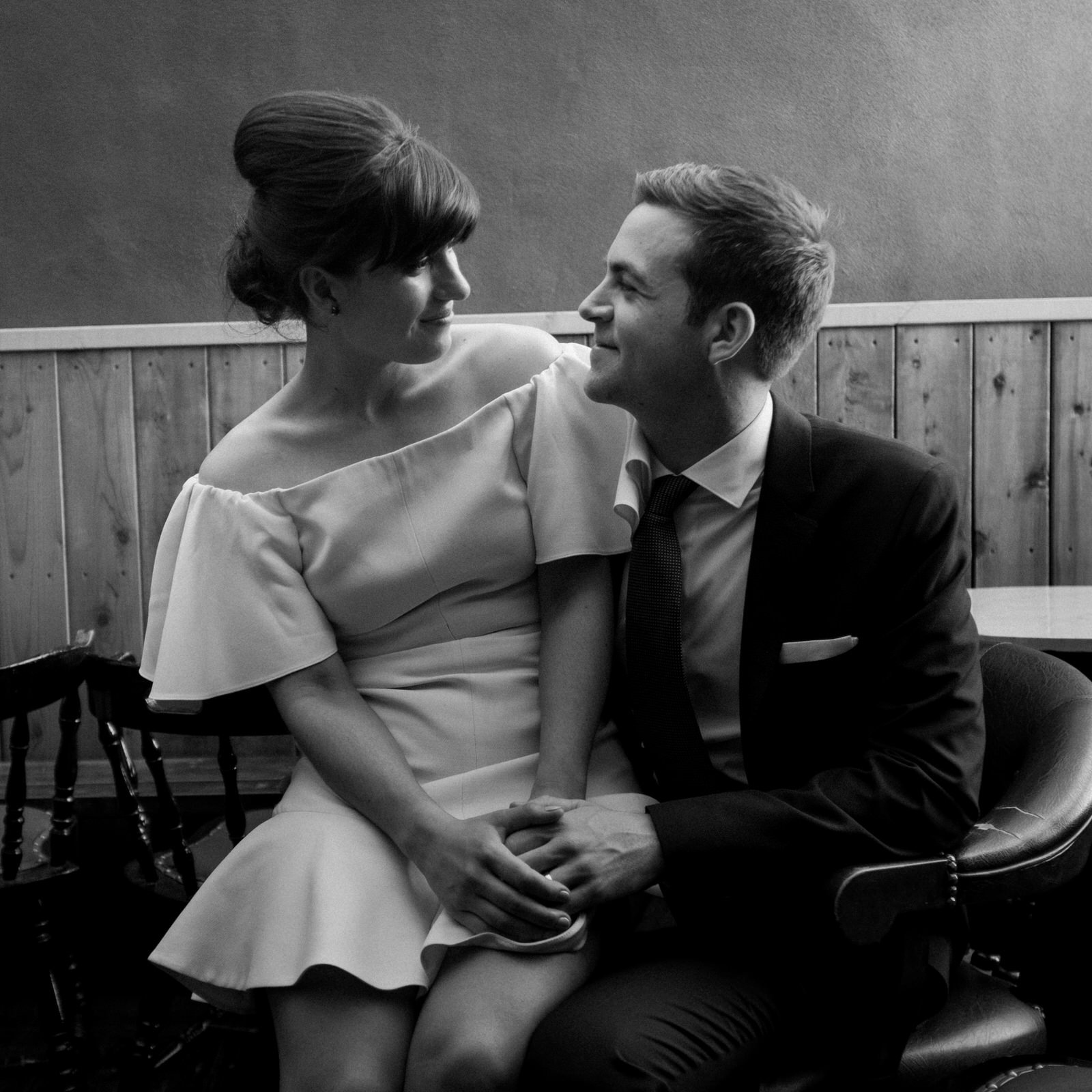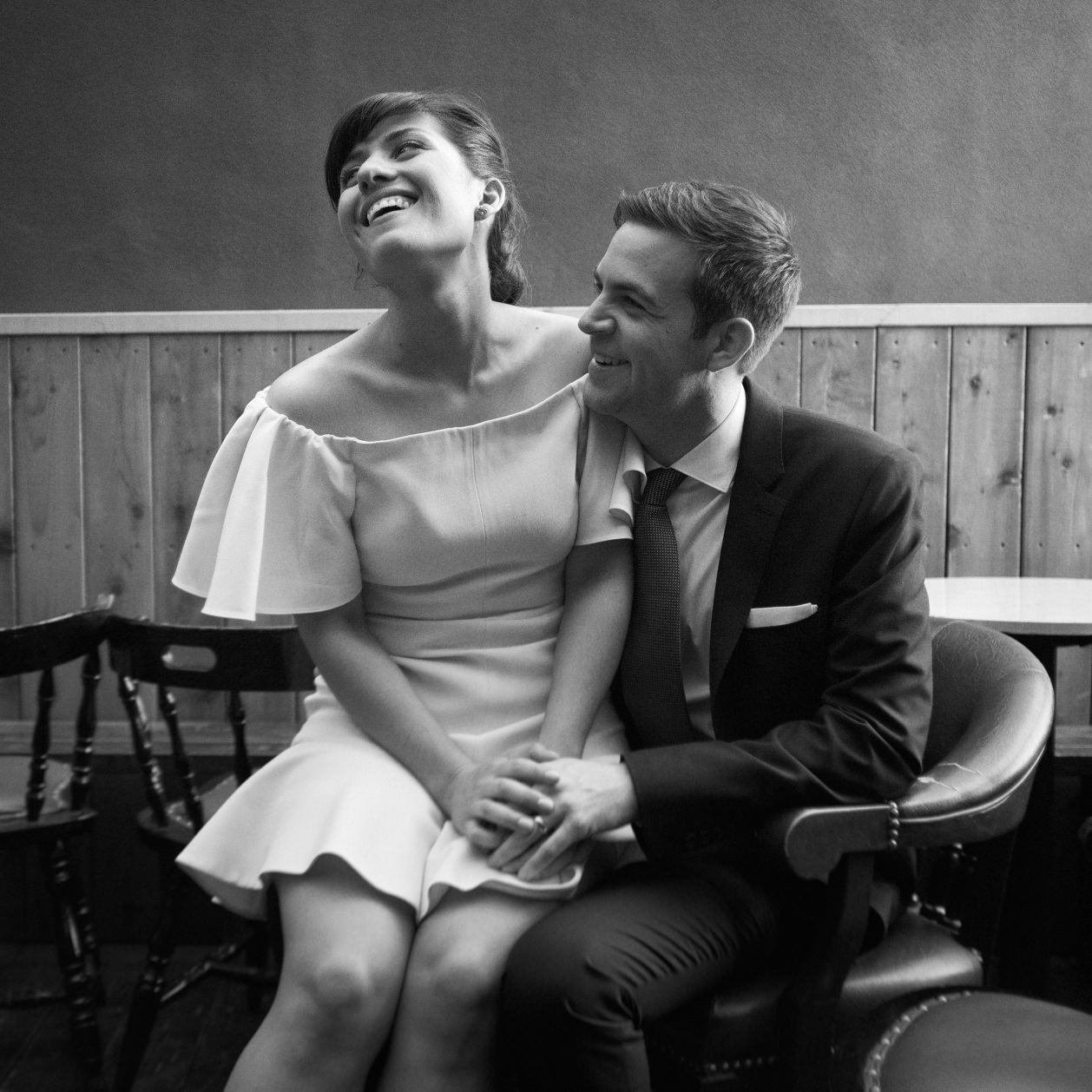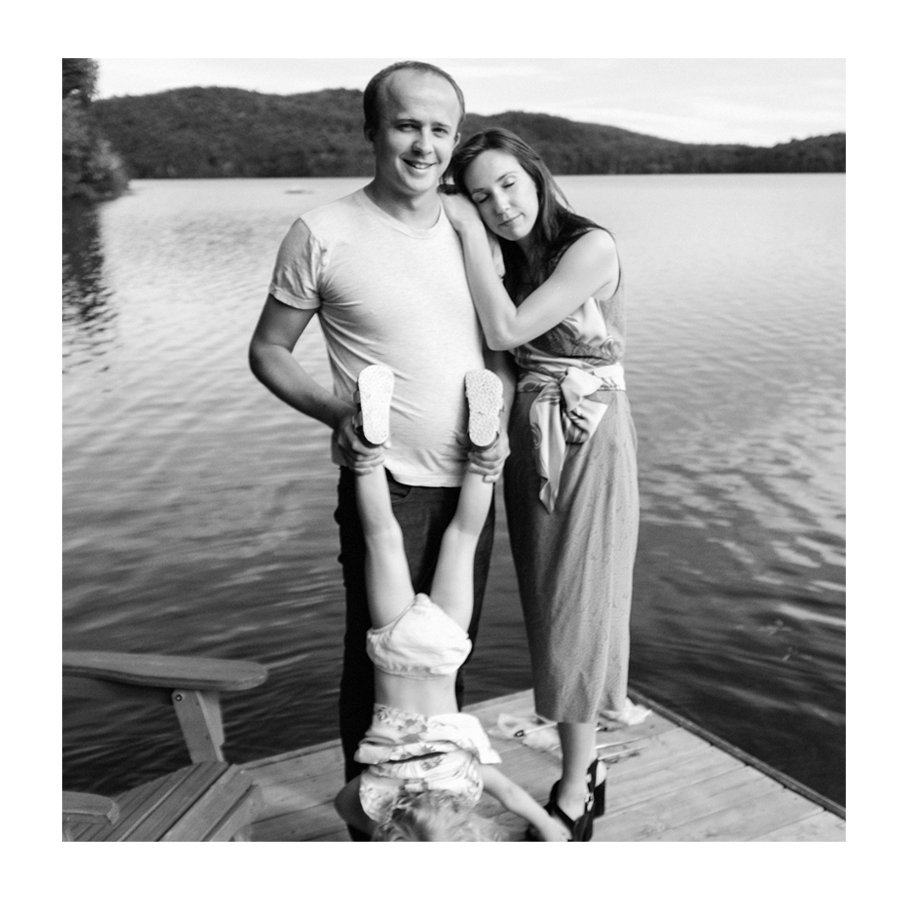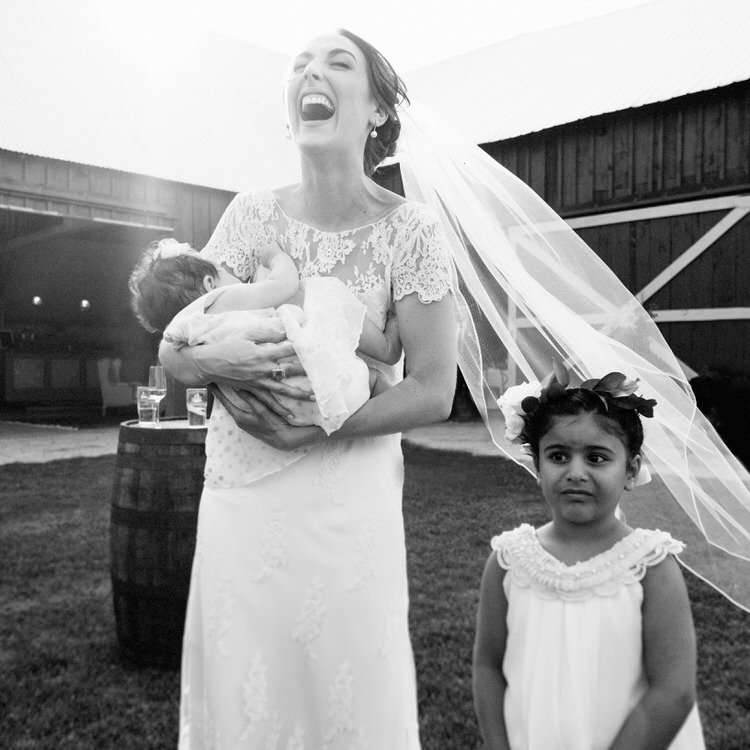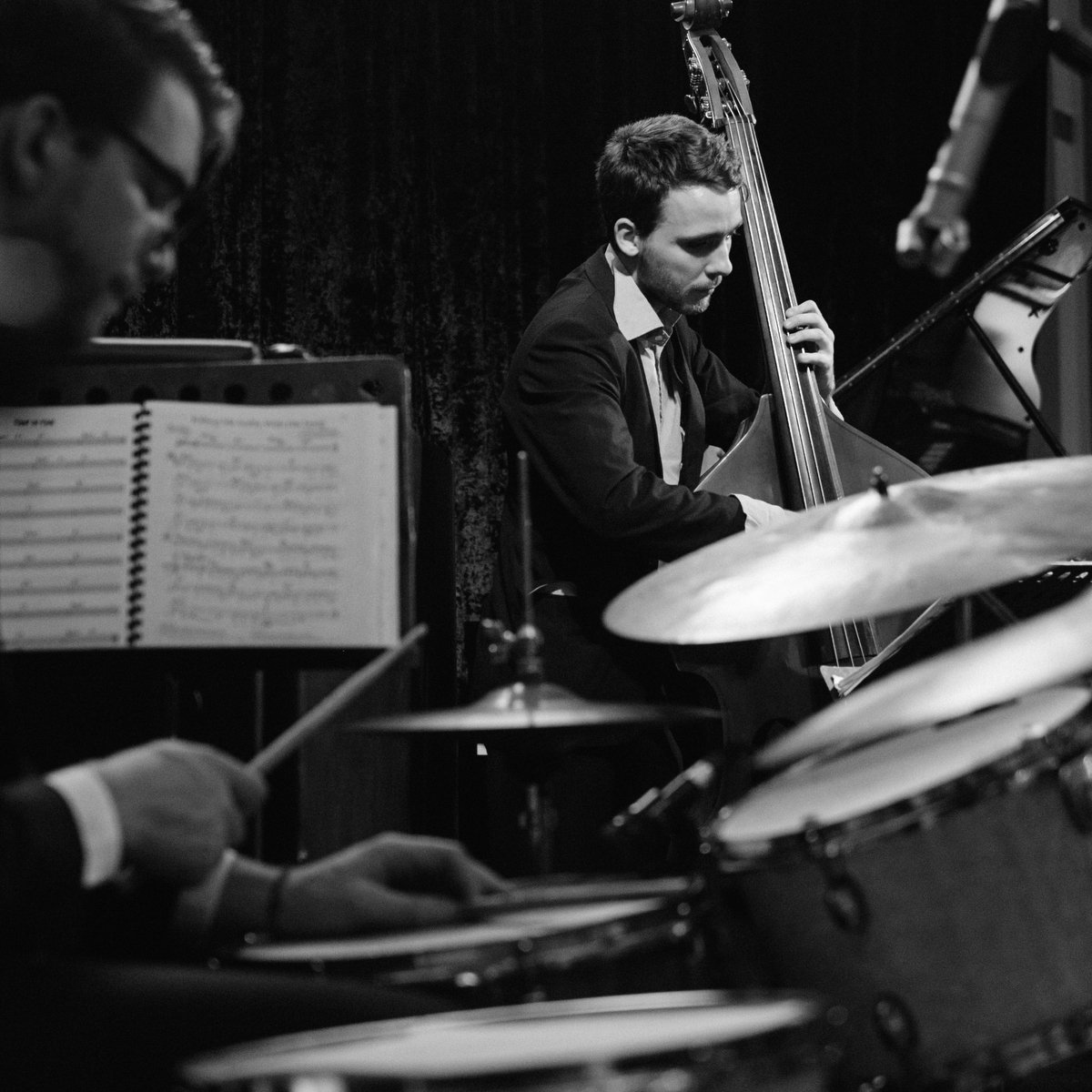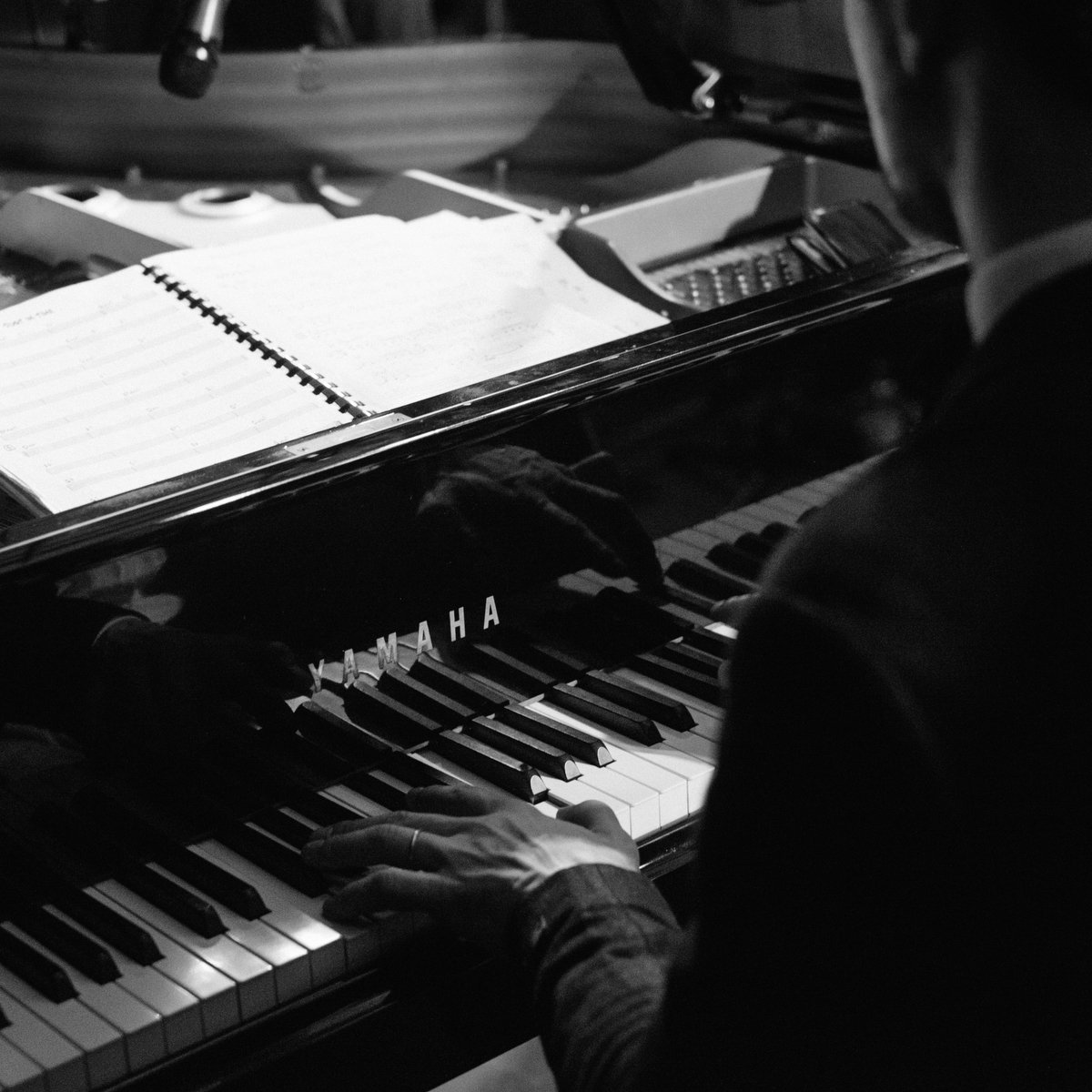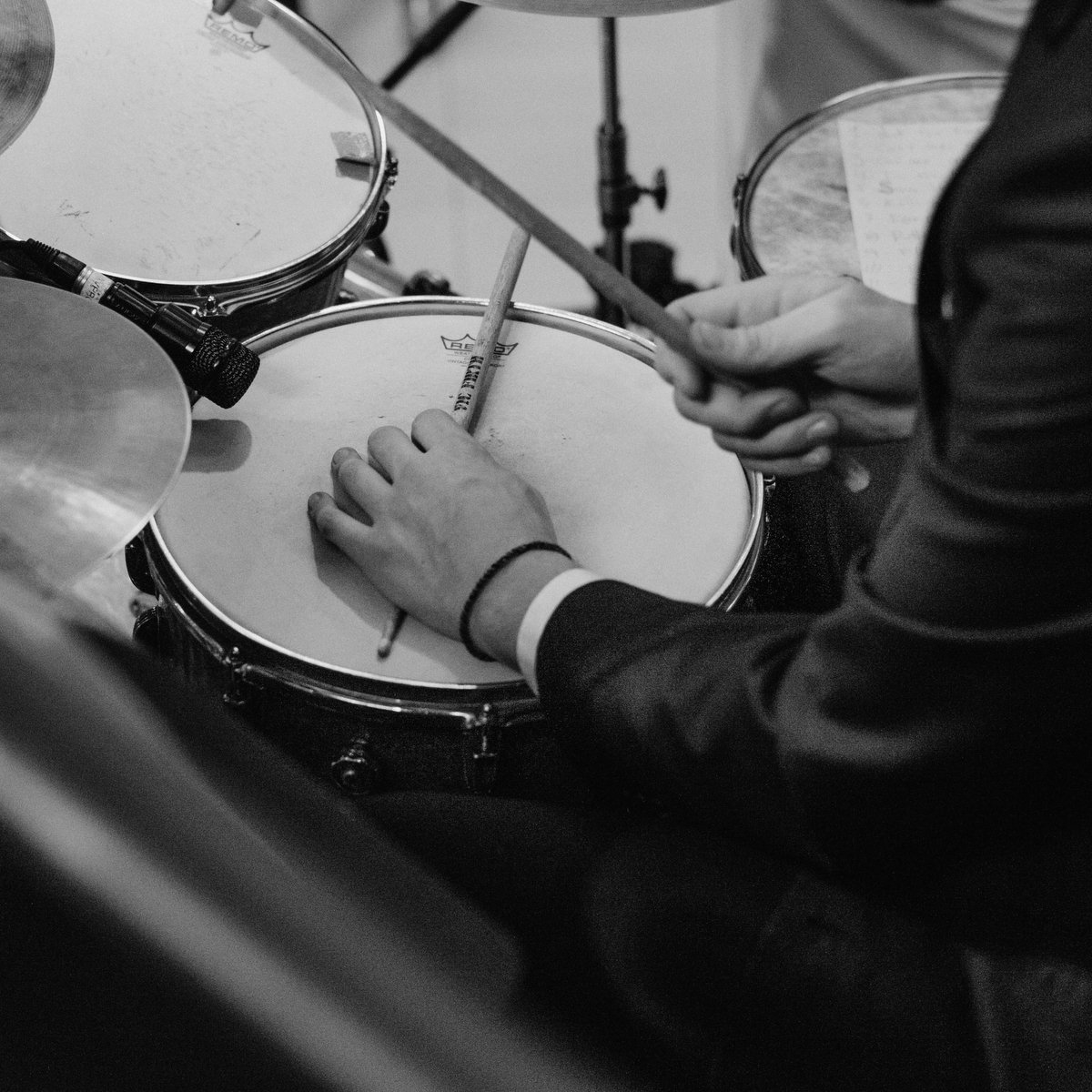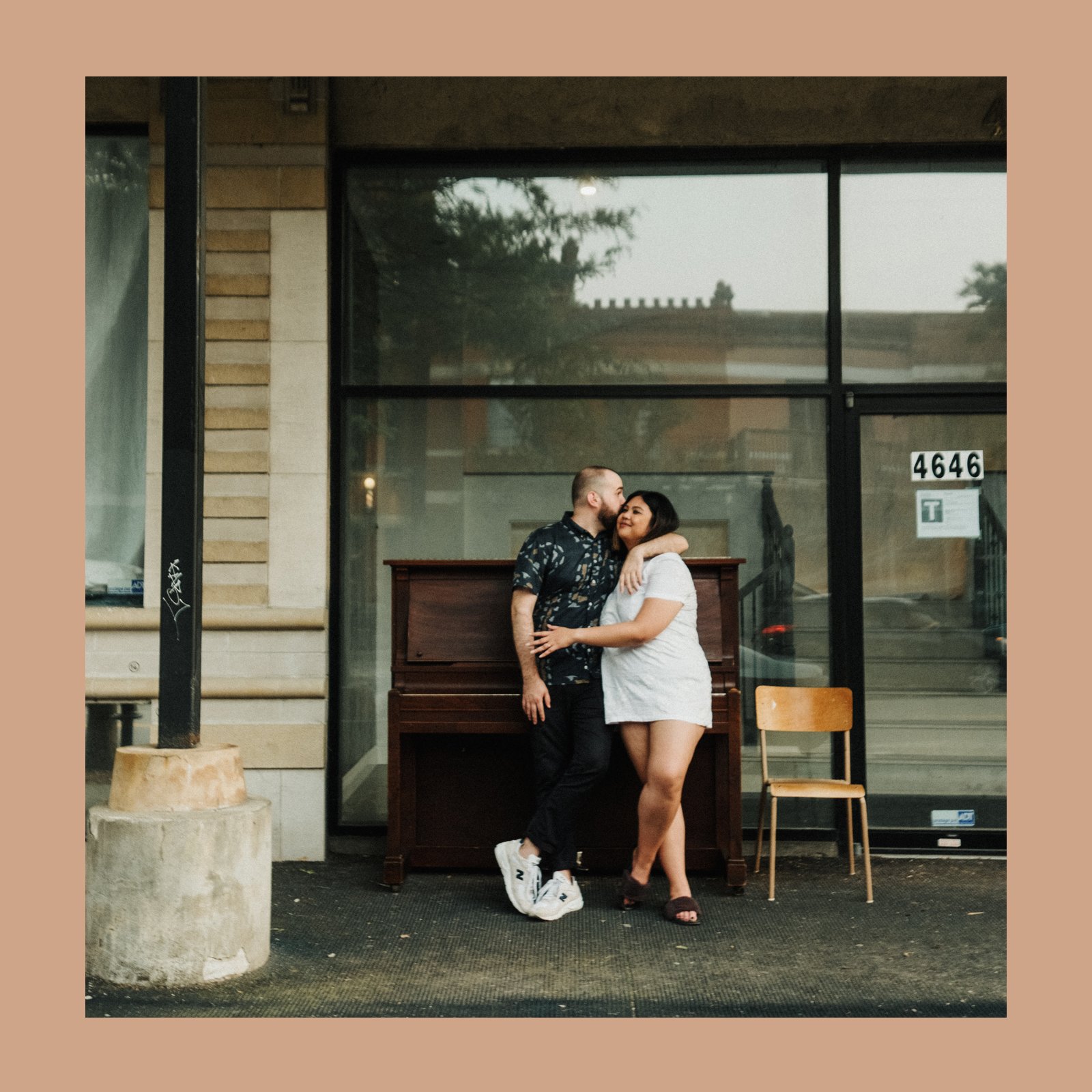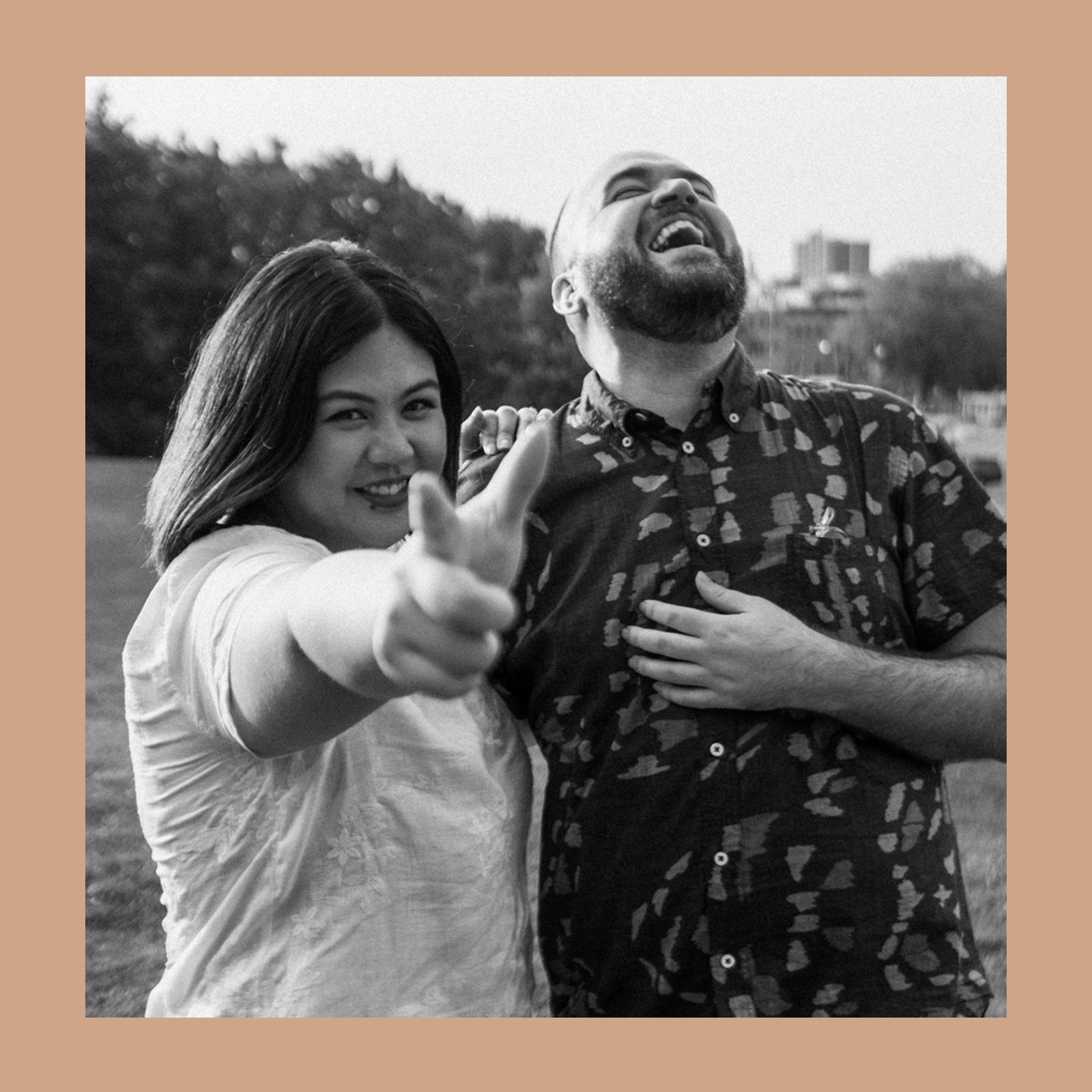Candid Wedding Photography
Typically, people think candid photography is an image where a photographer captures a photograph of people unaware of his/her presence, or without providing direction. My clients often say they love my wedding images because they look and feel like very “authentic moments”. As a portrait photographer this is a style of work I love and have had to develop my own methods and tricks to create the right environment for great looking images with timing and personality. However, I disagree with that concept as a rule, because most of the time my candid images are largely those of my own making. Sometimes these images are actually setup formal photos, but the style of these shots are still very fun, real moments. And as a Montreal based Wedding Photographer, again, I’ve had to develop my own techniques over the years to help me create situations that generate a high number of ’keepers’ and hopefully this post will help you create great candid shots and capture real moments too.
To me, candid wedding photography is a little like street photography in that as the viewer, you have so much real life to observe, you have to feel comfortable with everything life throws at you - walking through guests, bodies blocking your view, looking for pockets of interesting light, and having the patience to wait and try to create little things that may or may not even happen. You’ll either need to be really patient or shoot a lot, either way you always hope for the best.
For photographers that feel shy and are more comfortable not directing things:
You're naturally in a better place for you already creating candid photos, but that doesn't mean you should totally give up on directing. As a photographer I find setting up formal shots and then watching it all fall apart over time create some of the best candid moments, and on a wedding day, these little hiccups make great pictures. So, you be you, but don’t fear for the worst if you call attention to yourself, just keep your finger on the shutter and begin to interact with your clients. You’ll suddenly notice and find very different expressions, body language, and vibe which you might really like and be drawn to.
Want an easy way to spice up some your frames? Throw some kids in the mix and see what happens. On the left the family session was getting crazy and the little girl wanted walk upside down, (not the dad holding her upside down) and on the right, the bride was holding her newborn niece in a such a way that she through she was breastfeeding. The bride was quite amused and the other little girl beside her was a little shocked.
It’s this combination of things - a chilled out peaceful looking mom and the dad smiling holding his child upside down is the kind of mixed up frame that encourages the brain to ask questions, it keeps you interested and somehow lasts longer than an image that tells you everything right away.
For confident photographers that want to create better candid pictures:
You’re already on the dance floor, just stay a little longer, and try to find the story of what's going on within all these groups of people. Most people don’t dance all alone, so focus on these groups of people dancing together, find the connections, the rhythms, and the interactions between them. It's here that you can begin to capture the kind of candid photographs you want.
This is me chatting it up with the client. When there is time, I’m not afraid to communicate any ideas I have or things coming up we need to plan ahead for. I try to get the most out of every minute I have with my couples, and if that means wearing ridiculous shirts I’m down for that too. My photography idol John Dolan once told me that a good night is a night he ended up dancing with the bride. https://johndolan.com/weddings/
About the whole film vs digital thing:
I always bring a 35mm film camera with me to weddings, and usually I’ll bring this out towards the end of the night, once I know I have a truck load of shots I need for the album, and enough to keep Mom happy. The thing about digital is that it’s often so clean and perfect, it’s not all that interesting when you look at the history of photography, and all the happy accidents that can happen when you’re not exactly in control. The element of unpredictability and randomness is something most photographers hate, but when we’re looking at photographs, that shit is gold. I mean, 100% gold. Very often people will tell the bride and groom to let go, and have the time of your life. As a photographer you have to learn to let go too, and allow yourself to work in that zone, trust yourself and your vision, and just be there working, following the action, and occasionally creating some action of your own. Don’t be a fly on the wall, get in the mix and shake it up if you feel you can add something to the frame.

